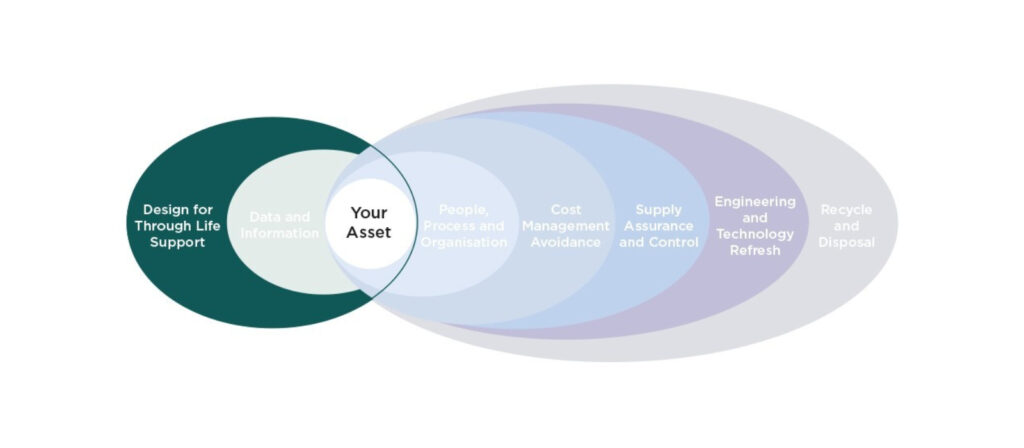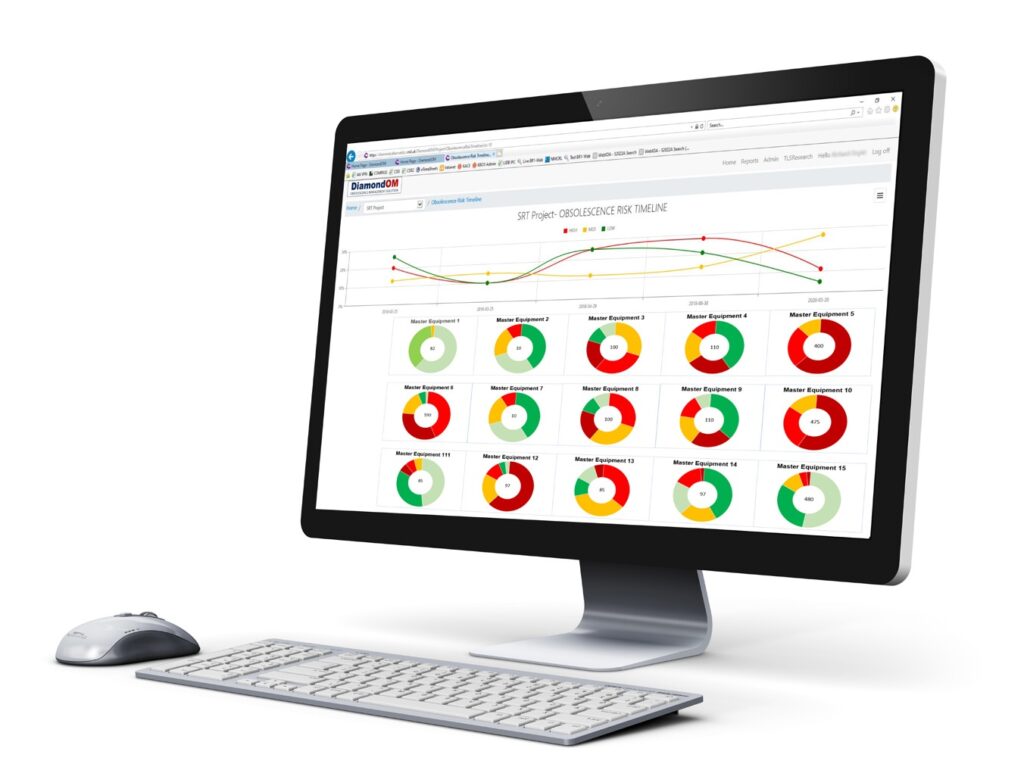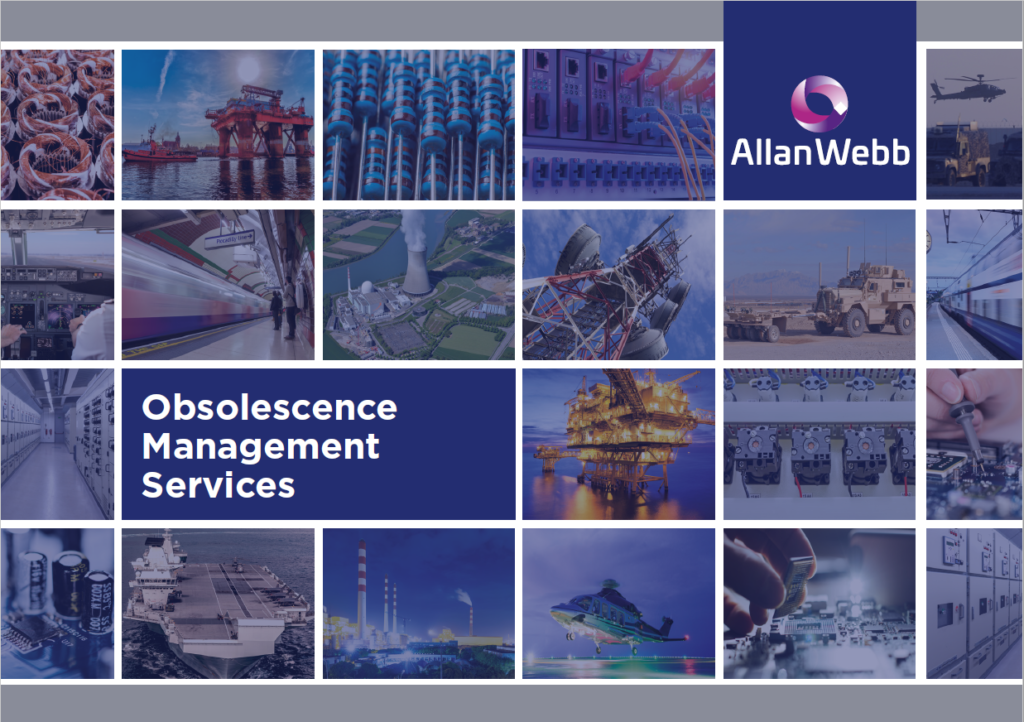If you’re a design engineer or OEM manufacturer, whatever the industry, your newly designed assets will all be subject to Obsolescence Risk over their lifetime. Asset optimisation & sustainment best practice states that in order to maximise the effectiveness of risk mitigation, obsolescence planning and supportability should be considered in the Design Stage of the asset lifecycle.

The design/concept stage of any project is a critical phase when considering future proofing engineering decisions associated with the supportability “Golden Threads”; Asset Availability, Through life Cost and reduced impact to Safety & Environmental Case. Pro-active decisions concerning obsolescence implications at this stage will provide a number of tangible benefits including:
Having an approved suppliers and candidate items list, which outlines the obsolescence status and forecasted availability of items, will allow decisions to be made more quickly, when selecting appropriate components for the asset design. If a candidate item is expected to become obsolete too soon, you can now easily identify and source an alternative item during the design phase, rather than having to deal with this issue once the asset is in operation incurring high unexpected costs, and unplanned downtime which can impact on asset capability, through life cost and contractual obligations. It can also help to deliver non-tangible effects, including increase in trust and reputation.
It is not only important to understand when items are likely to be made obsolete, but also to understand the expected lifecycle of components and their impact on the asset as a whole. Generally speaking, an item expected to work for five+ years before being replaced carries less risk and support resource burden than one that needs replacing every six months, assuming both have comparable obsolescence dates. Whilst this may be the case, there are additional concerns that need to be factored in when selecting the most appropriate items, such as the relative costs leading to technical trade-offs and option down select in order to aid in forecasting budgets over the lifecycle.
Finally, contractual obligations may need to be considered. An item which doesn’t need to be replaced regularly, saving on maintenance costs, may sound like an attractive option to take when designing an asset. However, what if this item is expected to become obsolete during the asset’s life and availability is likely to be impacted, consideration on downtime, and therefore any contractual KPIs may need to be addressed. Understanding these factors early on, in the context of contracts, asset performance and supportability will provide you with options to consider and enable you to make informed decisions.
Being forewarned at design stage with this level of data and information will assist with planning how best to support the asset through life by encouraging the consideration of factors such as:
Having a robust Through Life Management and Obsolescence Management Plan that is created in the context of fully understanding the supportability risk of the asset, will help tackle these questions. Ensuring that these factors are considered upfront will result in less significant downtime throughout the asset lifecycle and potentially save on huge amounts of unexpected costs down the line (including potential penalties for failing to meet contractual KPIs).

As experts in Obsolescence Management Allan Webb Ltd is dedicated to guiding clients in using data analytics through the complete asset life-cycle, starting as early as designing the asset, to help identify risk and adopt costed supportability solutions and best practices to mitigate it.
One useful means of amalgamating and interrogating asset data to make informed decisions effectively from the outset, is via an Obsolescence Management Tool working within the IEC 62402:2019 standard. Providing a single point of truth to work from, the ability to maintain the configuration of the asset as design changes occur, and supporting other activities such as managing spares ranging & scaling and interfacing to multiple information systems helping to streamline the asset management process.
We engage with the client and their supply chain environment to gather and collate data to understand the latest asset and support information, recording it in our own DiamondOM and Diamond Webb supportability and configuration management tools.
Our team of experts then utilise this information to provide you with supportability and obsolescence risk associated with the asset Bill of Materials. The complete asset availability and performance is recorded within the suite of tools to ensure that you always have the latest information to work from when maintaining your asset through life.
We offer an Obsolescence Management Service, Training and a suite of supportability tools, all designed to support you support your asset from early development, through in-service and to end of life. To discuss how we can help support you with your upcoming projects, please contact our team at sales@allanwebb.co.uk or +44 (0) 1453 824581, or complete the form below.
Click on the thumbnails below to download our Brochures:

